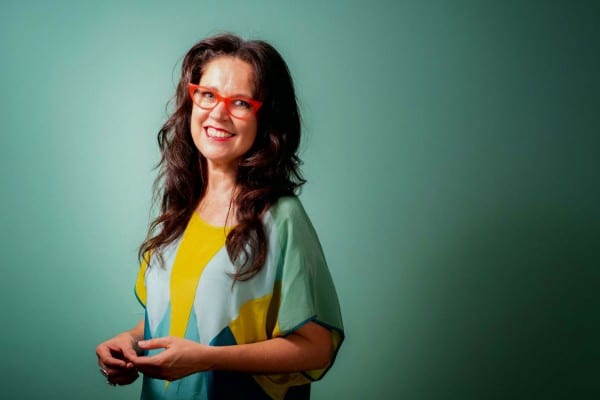Notwithstanding my published views and misgivings about IWD I sincerely wish everyone in the country had the opportunity to attend this event and hear Crabb present with characteristic humour, sharp analysis and an abundance of facts on Australia’s “parenthood trap”.
It was the subject Crabb covered in her 2019 Quarterly Essay Men at Work in which she explored what is keeping Australian women from achieving gender parity.
It’s not possible, in written form, or any form really, to replicate her presentation (perhaps in 2021 for IWD Crabb could present a national lecture that is mandatory viewing for every Australian?) but some of the information presented needs to be widely known.
Here are five little facts every Australian committed to creating a gender equal world needs at the ready.
The Wife Drought persists.
76% of full-time working fathers in Australia have a spouse who either did not work at all in the paid workforce , or worked part-time. 15% of full-time working Australia mothers had the same deal.
The Parent Pay Gap is real.
When it comes to total income earned over 40 years, a man without children, on average, will earn $2 million. For dads, this goes up to $2.5 million. A woman without children will earn $1.9 million but for mums it falls to $1.3 million.
Stay at home dads are rare. Ridiculously rare.
Back in 1991, 4% of families in Australia had a stay at home dad. In the year 2016 that increased by a massive 1%. Just 5% of Australian families have a stay at home dad.
Part-time work is still for mums.
When it comes to part time work in families with children under 12, only 5% of dads access it compared to 44% of mums.
Dads aren’t taking paid parental leave offered by the government.
Between 2010 and 2019, 1,236,675 females received the government’s paid parental leave. In that same time period there were just 6,250 male recipients.
Until these “facts” change substantially the lives of men and women will remain firmly wedded to traditional roles.
As Crabb argues “until men are as free to leave the workplace as women are to enter it” gender equity will remain elusive.

